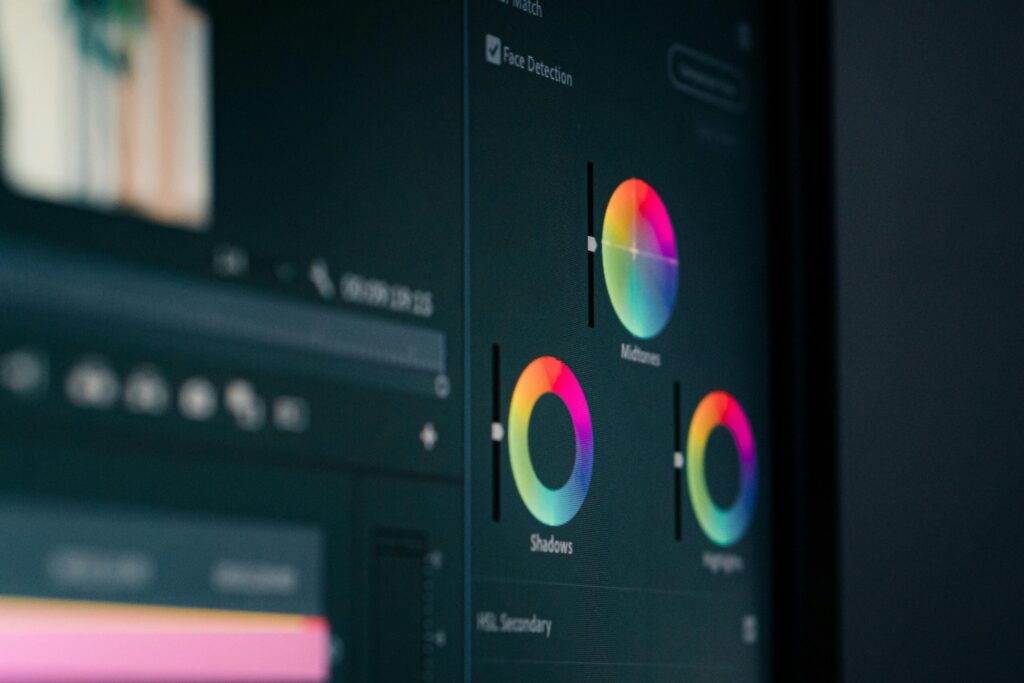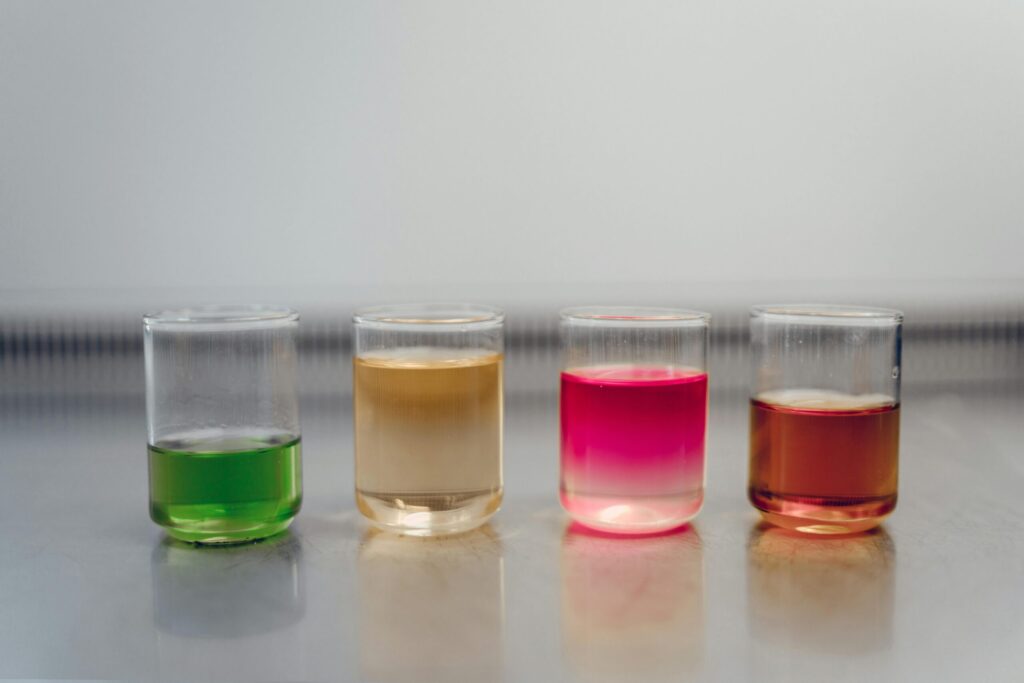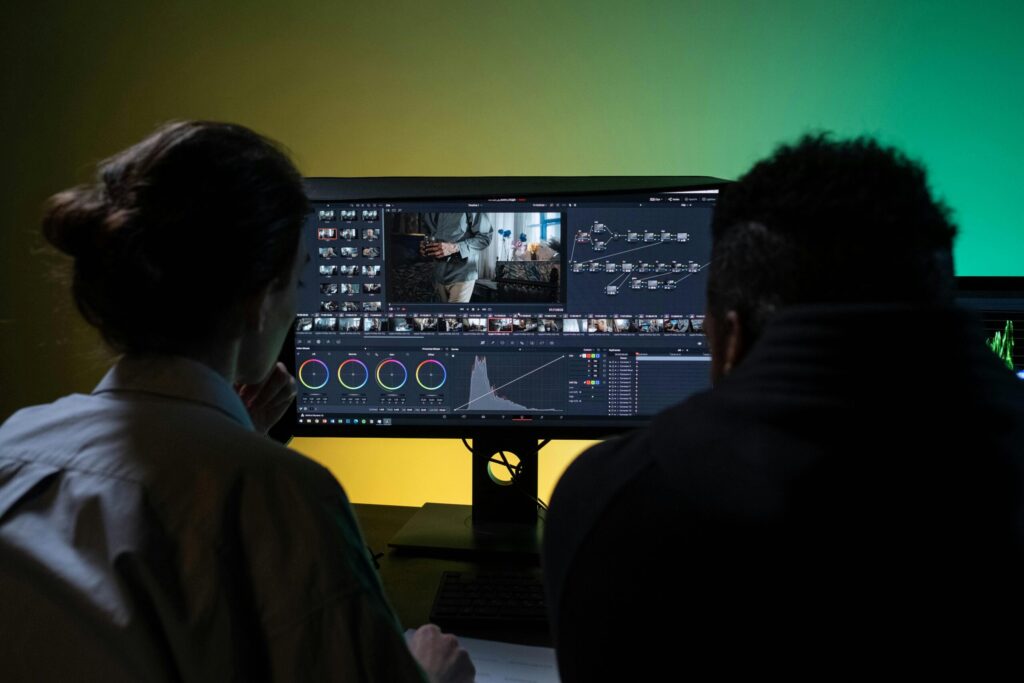Physical Address
304 North Cardinal St.
Dorchester Center, MA 02124
Physical Address
304 North Cardinal St.
Dorchester Center, MA 02124

Wondering if 10-bit color is worth the hype (and money)? This guide breaks down what it really means, who needs it, and when to save your cash. Spoiler: it’s not for everyone—but it might be perfect for you.
Let’s be honest: if you’ve spent even five minutes on a camera forum or YouTube deep-dive, you’ve probably heard someone say, “It’s not even 10-bit bro, skip it.”
But what is 10-bit color, and more importantly—should you actually pay more for it? Or is it just another marketing buzzword meant to empty your pockets faster than a lens upgrade?
Imagine you’re painting a sunset. With an 8-bit camera, you get about 16.7 million colors to play with. Sounds like a lot, right? Now, crank that up to 10-bit, and you’re suddenly working with over 1 billion colors.
That’s a 64x increase in color depth.
It’s not just about more colors, but smoother gradients, especially in subtle transitions like skies, skin tones, and shadows. That means less banding, fewer artifacts, and more flexibility in color grading.

If you’re a videographer, color grader, or someone who edits footage professionally, 10-bit can be a game changer.

If you’re a YouTuber vlogging in cafes, shooting Reels, or mostly uploading straight out of camera… then 10-bit might be overkill.

Some hybrid shooters opt for 8-bit internal recording but 10-bit external through an HDMI recorder. This gives flexibility without overpaying upfront.
Also, some cameras (like the Fujifilm X-T4 or Sony a7 IV) now offer 10-bit internal recording at decent prices—so the gap is closing.
Here’s your cheat-sheet answer:
| Creator Type | 10-Bit Needed? | Why |
|---|---|---|
| Casual Vlogger | ❌ Not really | You’ll be fine with 8-bit if you’re not grading |
| Instagram Reels/TikToker | ❌ Nope | Platforms compress video anyway |
| Filmmaker/Cinematographer | ✅ Yes | You’ll see major benefits in post-production |
| Colorist/Editor | ✅ Absolutely | You’ll want that data depth |
| YouTube Educator | 🤷 Depends | If you’re grading, go 10-bit. If not, 8-bit is fine. |
10-bit color is like fancy gym equipment. It can give you amazing results—but only if you actually use it. If your workflow doesn’t involve heavy grading or professional delivery formats, your money might be better spent on lenses, lighting, or even… more coffee.
But if you’re serious about cinematic storytelling, color work, or future-proofing your content, 10-bit is worth considering—especially now that more cameras are offering it at lower price points.
🔗 Thinking of buying second-hand? Read: Checklist for Buying a Second-Hand Camera